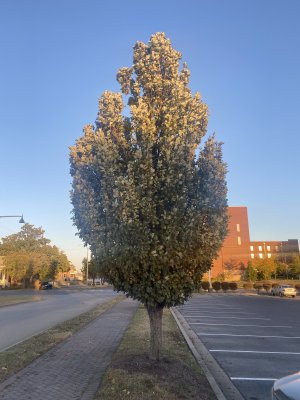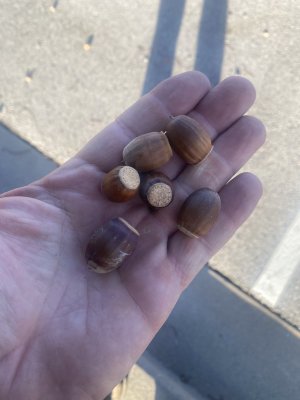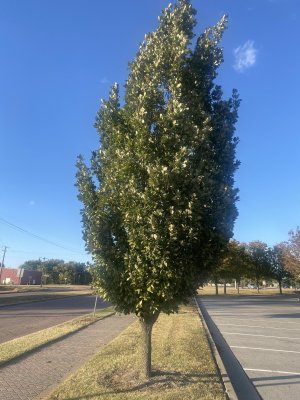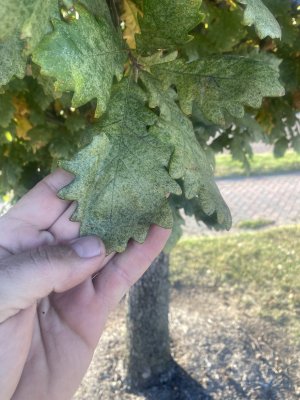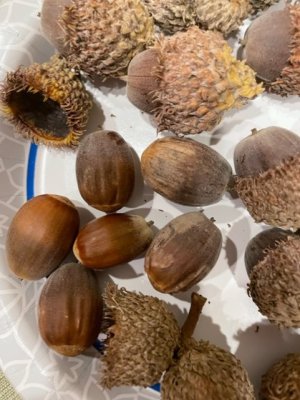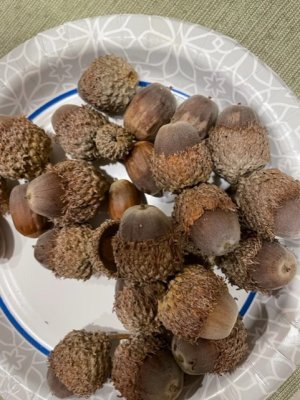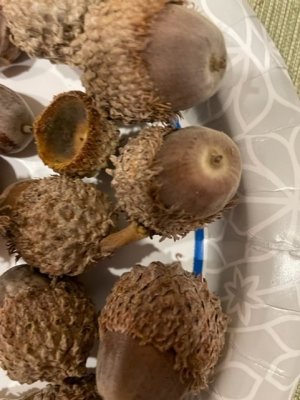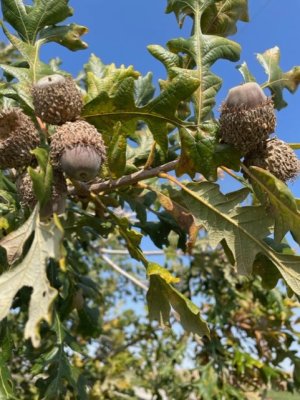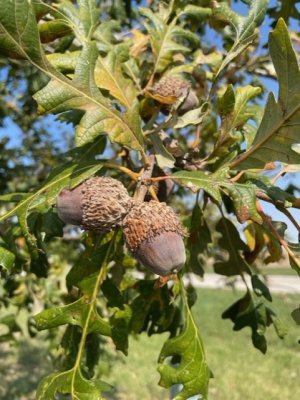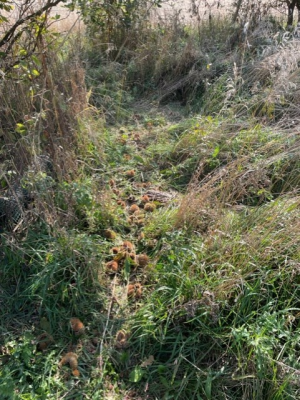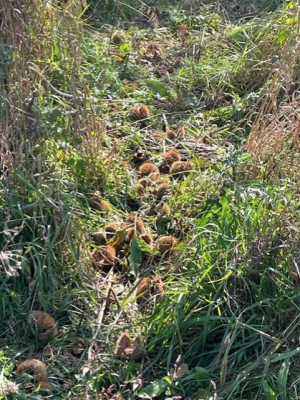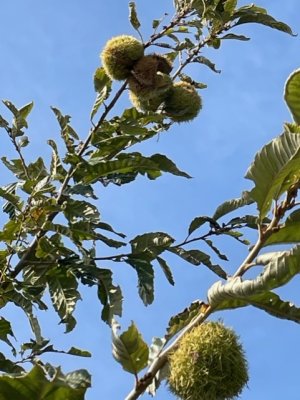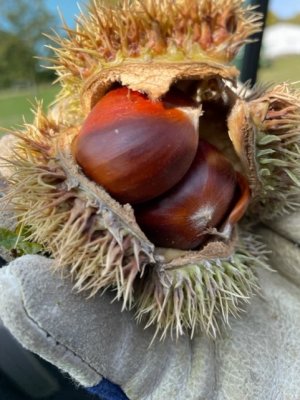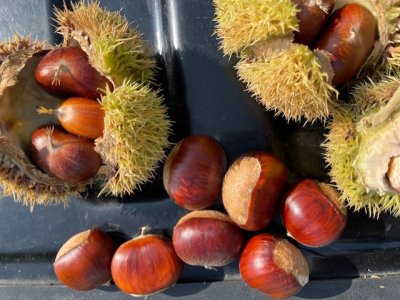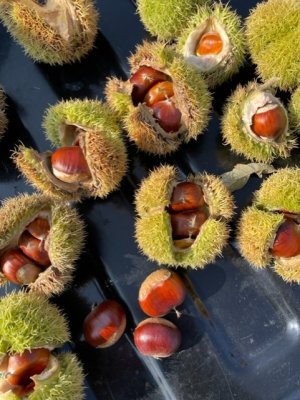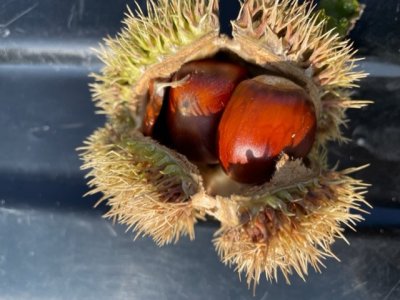Troubles Trees .... you are absolutely correct about public spaces; however, upon checking I learned that the cemetery in question is privately owned. I was very surprised; I assumed cemeteries were usually/almost always publicly owned. This one creates a lot of controversy about maintenance and other issues. It is owned by an absentee owner in PA; he owns several cemeteries in central IL.
However, there are no employees working on Sundays; wow, did you see those acorns jump into my pocket!
I enjoyed your story about the protective professor; some of them get just a bit too possessive about their campus. I had a similar experience at the 911 Memorial Plaza/courtyard where 400 SWO trees are planted. Some fellow from the National Park Service told me I could not gather acorns ... even after I explained I would remain on the path and not disturb any vegetation. I appealed his decision to a park police officer who said the acorns were a hazard; people kept turning their ankles. As the attached photo reveals, not all people who like to exert their perceived authority rule the day. Note the plastic bag in the sweatshirt pocket.
Bill ... as you can see, it's like a sickness for me!
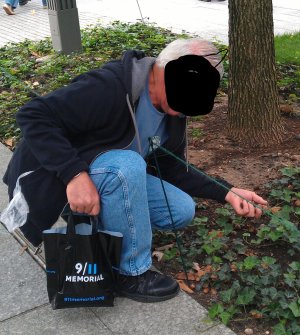
However, there are no employees working on Sundays; wow, did you see those acorns jump into my pocket!
I enjoyed your story about the protective professor; some of them get just a bit too possessive about their campus. I had a similar experience at the 911 Memorial Plaza/courtyard where 400 SWO trees are planted. Some fellow from the National Park Service told me I could not gather acorns ... even after I explained I would remain on the path and not disturb any vegetation. I appealed his decision to a park police officer who said the acorns were a hazard; people kept turning their ankles. As the attached photo reveals, not all people who like to exert their perceived authority rule the day. Note the plastic bag in the sweatshirt pocket.
Bill ... as you can see, it's like a sickness for me!


